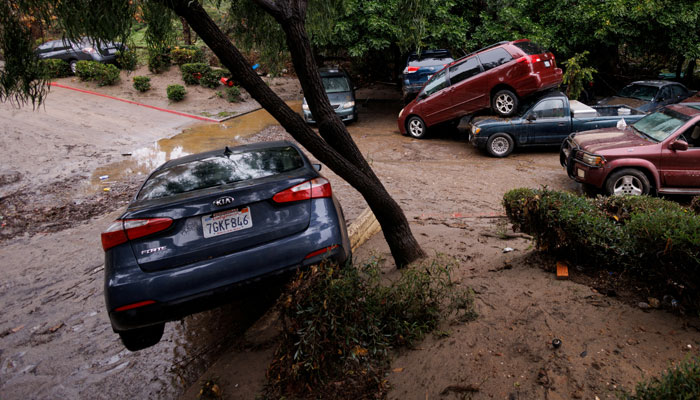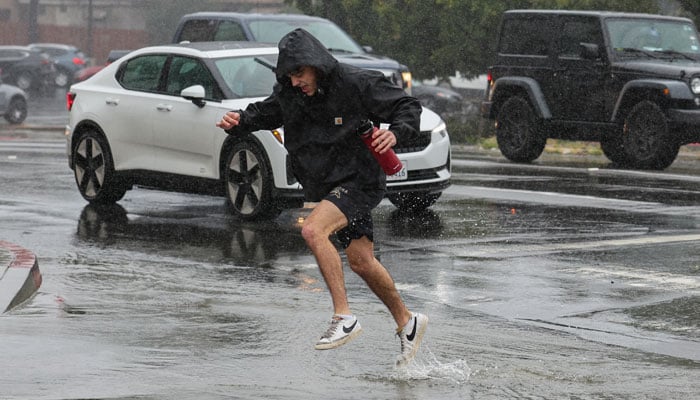San Diego was slammed with a wallop of a Pacific front on Monday, surprising the city despite the likelihood of rain, as the third of three Pacific storms to strike the West Coast since Friday.
The National Weather Service (NWS) declared Monday “the wettest January day on record in San Diego” after the third storm, which was predicted to be stronger, hit California’s largest city.
Tijuana and northern Baja California experienced severe flooding, resulting in the rescue of at least eight migrants by United States Customs and Border Protection agents and San Diego Fire Department rescuers, NBC News reported.
Navy Base San Diego experienced flooding late in the morning due to a thick precipitation cell, causing multiple streets and Interstate 15, and leading to Las Vegas, to be effectively shuttered.
Mayor Todd Gloria declared a state of emergency “due to extreme rainfall and flash flooding,” urging residents and visitors to stay off the roads. Schools in La Mesa and Spring Valley will close on Tuesday.
Monday’s storm spun at the coast counterclockwise and hit northern Baja California, giving San Diego a glancing but still strong blow, NWS meteorologist Brandt Maxwell said.

Maxwell noted that Monday’s storm was charged up by the long-tail jet stream, strong atmospheric river, unstable air, and a combination of warmer and colder climes, with the only missing element being a strong wind.
Maxwell said that San Diego’s rainfall has been below normal this season, but a single storm brought it slightly above normal for the year. The city has half the rainy season ahead, with an average annual rainfall of nearly 10 inches.
It’s rare to get much needle-moving precipitation past the end of March. The storm is most likely the last one like it for January.
“At least in the short term, it doesn’t look like there’s a whole lot on the horizon for Southern California,” Maxwell said.



